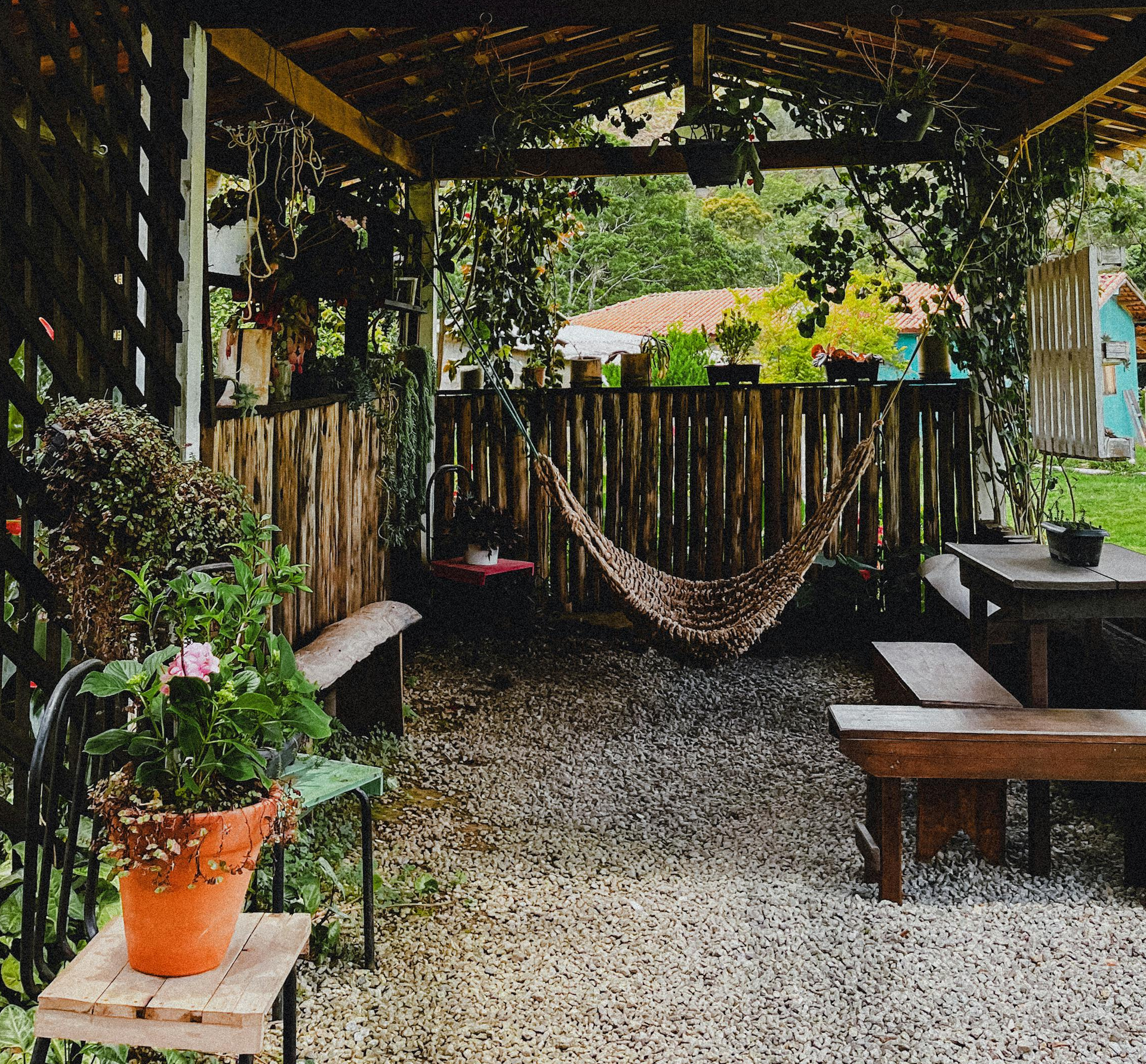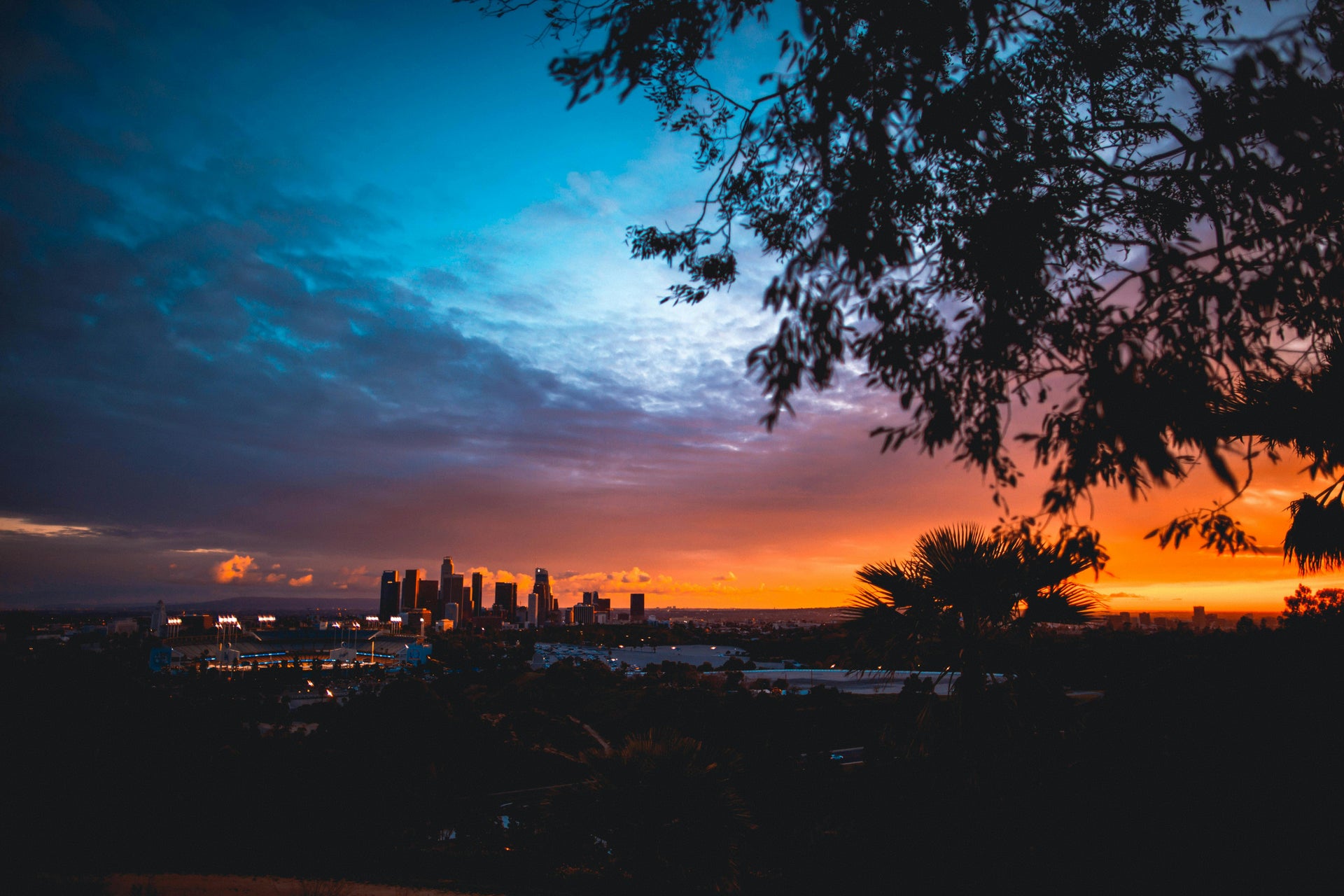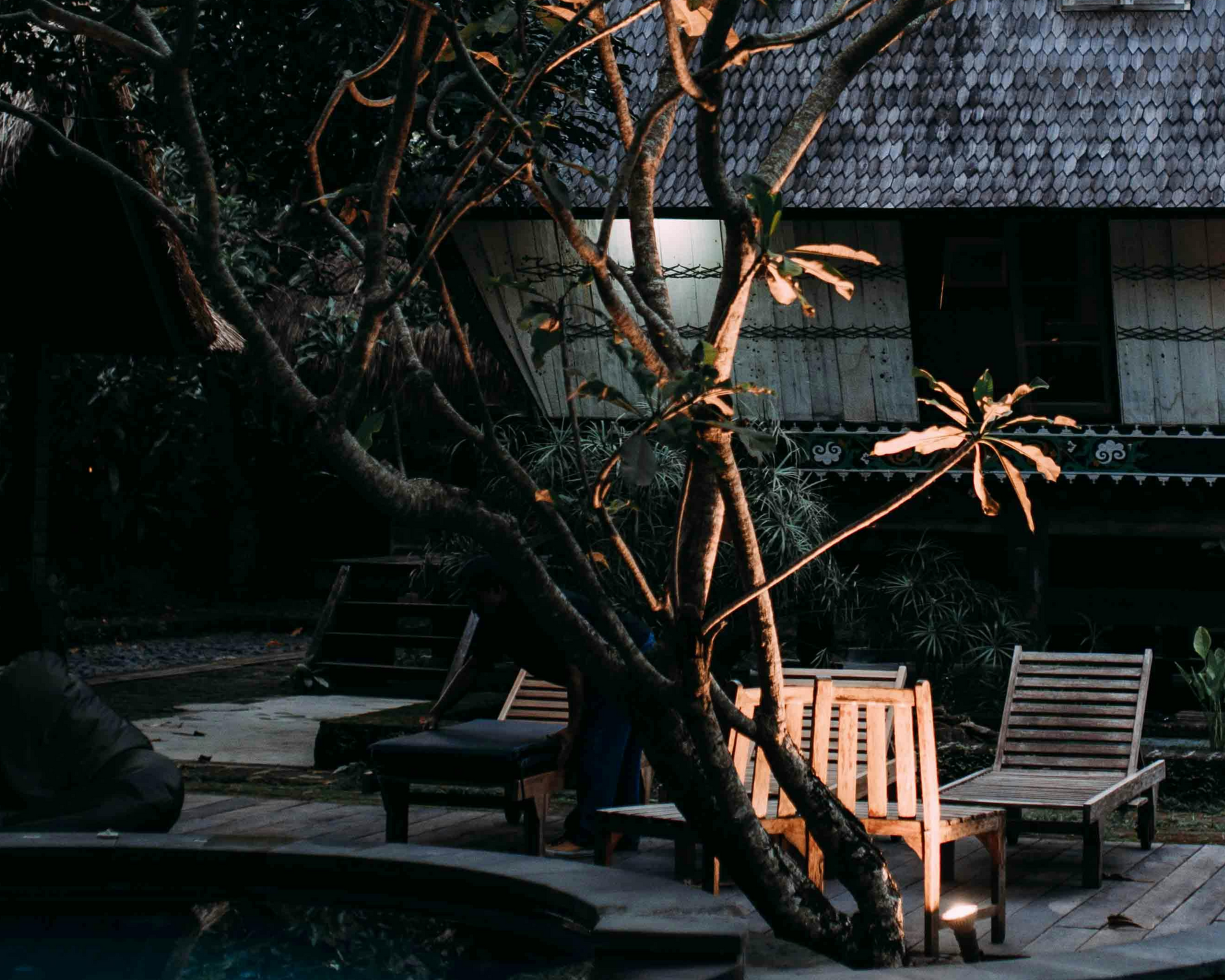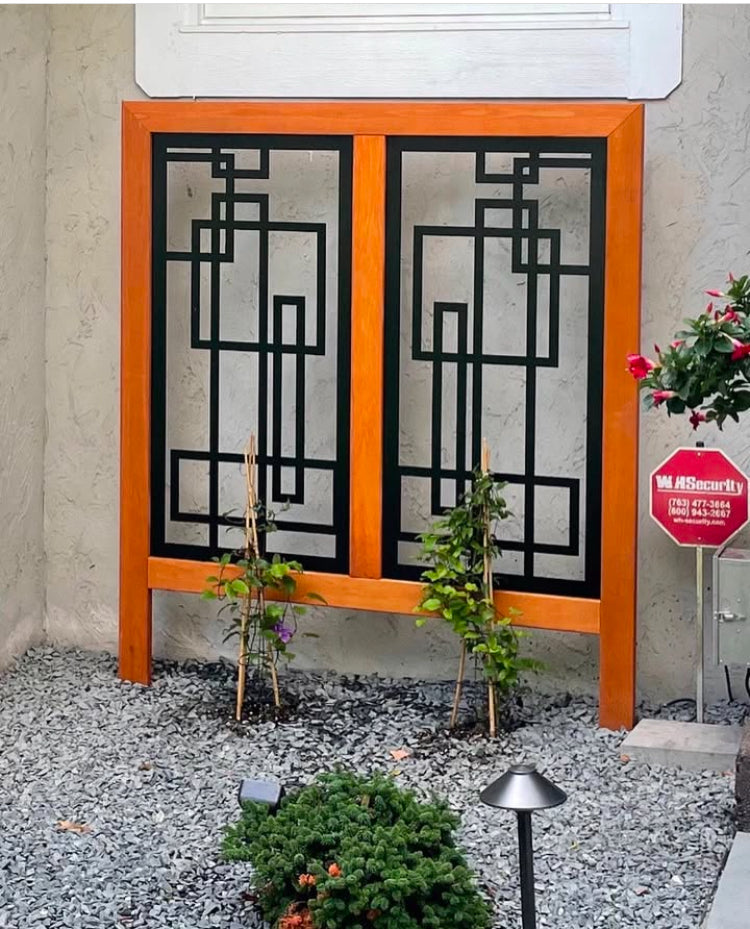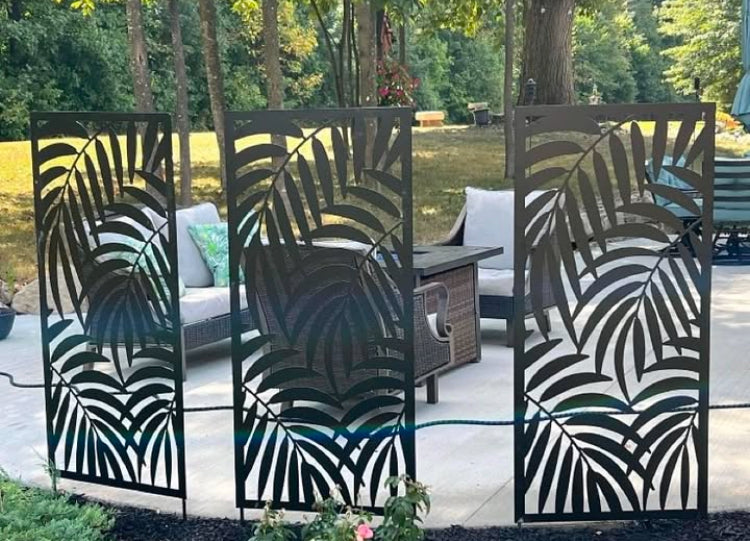News
-
Gravel and hardscaping are ideal for backyard sitting areas because they’re durable, low-maintenance, and versatile. Gravel allows for excellent drainage, so you won’t have to worry about puddles after rain. Hardscaping elements like pavers or stone slabs provide stable surfaces for furniture and foot traffic, while the combination of textures adds visual interest.
-
Ah, California. The land of sunshine, palm trees, and endless possibilities. Whether you’re nestled in the rolling hills of Napa, soaking up the coastal vibes in San Diego, or braving the desert heat in Palm Springs, one thing’s for sure: your landscape can be as unique and vibrant as the state itself. But landscaping in California isn’t just about making your yard look pretty (though that’s a big perk). It’s about creating a space that thrives in our diverse climates, conserves water, and adds serious value to your home. So, grab a cold glass of lemonade, put on your sunhat, and let’s dive into the essentials of California landscaping!
-
Hardscaping refers to the non-living, structural elements of your outdoor space, such as patios, pathways, retaining walls, and water features. Unlike softscaping (plants, grass, and soil), hardscaping provides permanence and structure, transforming your yard into a functional, visually appealing extension of your home.
-
Building a wooden frame around a metal insert without using glue is a straightforward process that involves measuring, cutting, and securing the wood with mechanical fasteners like screws or nails. Here’s a step-by-step guide:
-
When it comes to creating privacy in your outdoor space, the first solution that comes to mind is often a traditional fence. While fences have been a go-to for decades, there’s a sleek, modern alternative that’s gaining popularity: steel privacy screens.

